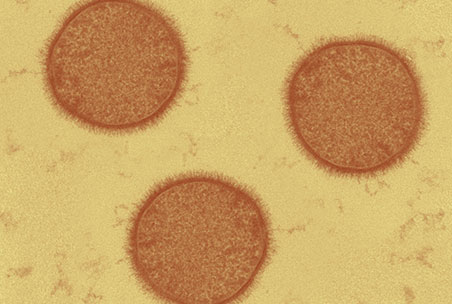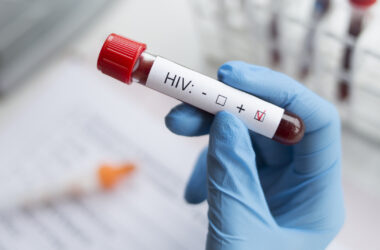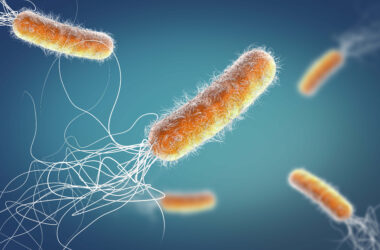The gut microbiome has attracted a slew of research interest, leading to the discovery that a poor gut microbiome can cause various diseases, including Type 2 diabetes and cancer. More recent research has delved further into the negative health outcomes associated with a poor gut microbiome while proposing strategies to improve gut health.
In a new paper published in Nature, Bastien Castagner, an associate professor in McGill’s Department of Pharmacology and Therapeutics, and his team detail their recent discovery of the fascinating connection between the gut microbiome and glycans—large carbohydrate molecules found in plants, animals, and microbes. The use of fluorescence-activated cell sorting (FACS), where glycans are labelled with fluorescent tags, allowed them to identify potential clinical interventions to improve gut health.
Glycans, also known as polysaccharides, are essential for maintaining tissue structures and energy storage. They are obtained from foods such as buckwheat, mung beans, peanuts, soybeans, and papayas, and can be secreted by the body through mucus.
Most glycans consumed cannot be broken down by enzymes in the body. Instead, they are fermented into short-chain fatty acids, which serve as nutrients for gut microorganisms and cells in the colon.
Some species of the gut microbiome prefer certain glycans over others, which suggests that the type of glycans we consume can influence which microorganisms proliferate in our gut.
Dietary glycans, then, could be used to promote the growth of desirable species in the gut, thereby improving overall health.
Although past approaches, such as stable isotope probing and genetic screening, have been used to study the link between glycans and human gut microorganisms, their applications are limited to controlled settings in laboratories. To circumvent this conundrum, Castagner and his team proposed a new approach that can be applied in natural, more complex bacterial communities, such as the gut microbiome.
“The method that we developed to label bacteria consuming a polysaccharide molecule does not require the bacteria to grow, nor do we need to have prior knowledge about the genes involved,” Castagner wrote to The McGill Tribune. “We need the bacteria to be alive and actively take up the fluorescent glycans, but we do not have to give them all the nutrients they may need to thrive and multiply, which is difficult to do in vitro.”
FACS works by attaching fluorescent molecules to glycans, allowing glycans to have a shiny, fluorescent appearance. Upon taking up the fluorescent glycans, the bacteria will begin to glow, making them identifiable under the microscope. The researchers will then be able to pinpoint the glycan-consuming bacterial species based on their fluorescence.
Using FACS, the study found that bacterial species, such as Prevotella copri, Collinsella aerofaciens, and Blautia wexlerae, are able to consume glycans.
“As we understand more and more the role of the gut microbiota in diseases, we see that we can probably develop therapies for some diseases by manipulating the gut microbiota,” Castagner wrote. “This can be done in different ways, but using glycans that support specific bacteria is a good way to do this.”
The use of glycans to feed certain bacterial species is known as the prebiotic approach, which the human body can typically do on its own.
“Indeed, nature uses this trick. In human breast milk, there are human milk oligosaccharides, whose function is to support some bacteria in the developing microbiota of the infant,” Castagner wrote. “Similarly, we can change the microbiota of adults using glycans. But in order to do this, we need to understand exactly who is eating what[.]”
Castagner and his team believe that their paper lays the groundwork for future clinical strategies to improve the gut microbiome using glycans, which may have important implications for treating diseases like cancer and diabetes.









